
Famine: political implications and operational responses
Rony Brauman
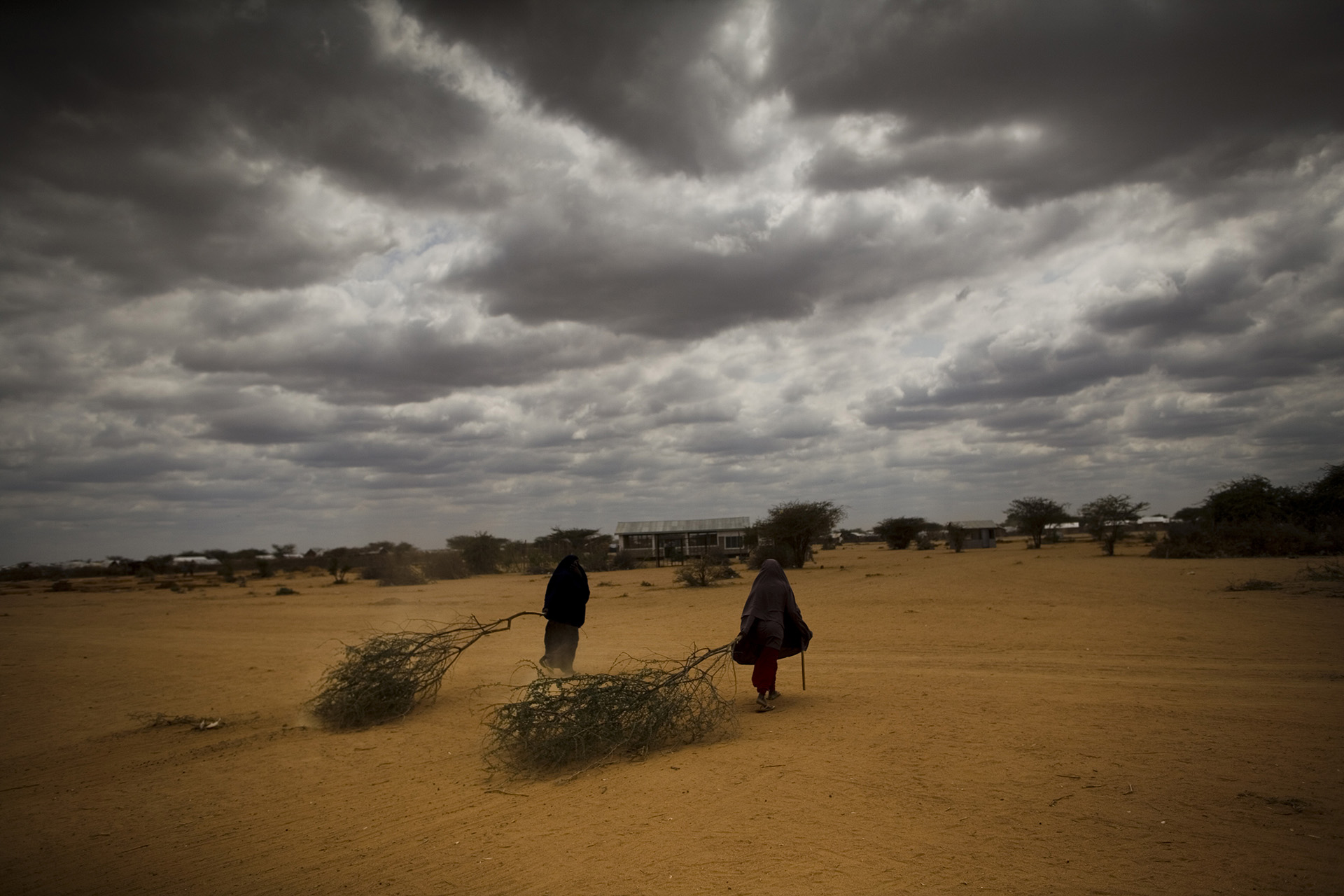
The United Nations and NGOs that constitute the Integrated Food Security Phase Classification (IPC) define famine as the collective presence of three criteria: a food shortage affecting 20% of households, a severe acute malnutrition rate of over 30% in children and an adult mortality rate above the alert threshold of 2/10,000/day. Given the serious implications of declaring a state of famine both from a political and an emergency aid perspective, there was an undeniable need to establish a common definition based on quantifiable data.
However, care is needed when using such data to assess the severity of a crisis if that data is to have any meaning. Mortality rates, for example, rely on the availability of basic demographic data which is lacking in many poor countries. The extrapolation of data collected at specific times and in specific places is also far from reliable. So is predicting the spread of a famine by looking at person-to-person contamination from affected households as one would for an infectious disease, as was the case in the Horn of Africa in 2013 and 2017. The situations cited in the definition, a “household affected by a food shortage” for example, are also open to interpretation. All three of the criteria applied to define a famine are fractions (number of people affected/population) in which both the denominator and the numerator are marred with uncertainty. This is why famine alerts, United Nations alerts in particular, provoke doubt and criticism when they are not supported by images that testify to the reality on the ground.
The articles and essays in this publication do not discuss the medico-nutritional approaches to famine; these are covered in the MSF guides produced by experts from the organisation. They look rather at the specific context in which famines arise and the responses mobilised to address them. MSF has been involved in a number of famine responses (Uganda 1980, Ethiopia 1984-1985, Somalia 1991-1993) and has contributed to many chronic and acute malnutrition operations (Niger, Sudan and Ethiopia in particular in the 2000s).
As theses famines were systematically related to armed conflict, the political implications are particularly significant and consequently, feature as a common theme in most of the analyses. Food crises arising in other contexts do not, however, go unaddressed. Contributions include a number of historical and sociological analyses of the evolution of such crises, the production of data and different forms of operational response. The articles are mostly, although not entirely, written by members of MSF. Several, however, are the work of researchers in the field of social sciences that offer a wider analysis of the issues involved:
Bonnecase, Vincent.
« Retour sur la famine au Sahel du début des années 1970 : la construction d'un savoir de crise », Politique africaine, vol. 119, no. 3, 2010, pp. 23-42.
Olivier de Sardan, Jean-Pierre.
« Crise alimentaire et malnutrition infantile au Niger : le bilan de la « famine » de 2005 », Critique internationale, vol. 37, no. 4, 2007, pp. 37-49.
Some articles of this dossier are only available in French.
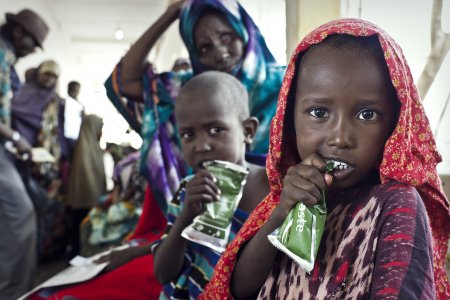 Sven TorfinnOpinion
Sven TorfinnOpinionFamine in Somalia : warning against the warning!
09/19/2011In the context of emergency appeals in the Horn of Africa, Rony Brauman recalls the contemporary definition of a famine. While recognising the progress made in major crisis response mechanisms, he questions the alarmist attitude of the UN.
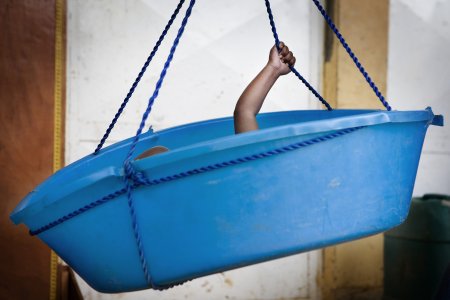 Robin UtrechtOpinion
Robin UtrechtOpinionMissing : malnourished children in Ethiopia
07/29/2009In 2008, Southern Ethiopia was the epicentre of a vast nutritional intervention: more than 100,000 malnourished children received assistance from a mix of actors including both international actors and local health facilities.
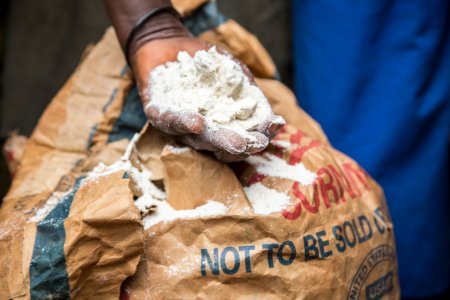 Louise AnnaudCahier
Louise AnnaudCahierFood aid and the politics of numbers in Ethiopia
05/15/2008This study sheds light on the mechanisms producing the official data used by humanitarian aid decision makers. It views Early Warning Systems (EWS) as tools that facilitate consensus between the decision-makers involved in the allocation of food aid, enabling them to reach institutional agreements.
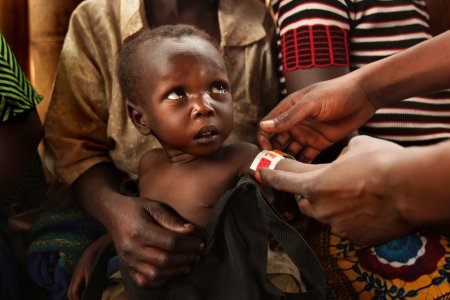 Kate GeraghtyOp-ed
Kate GeraghtyOp-edNiger : cruel développement
08/16/2005Doit-on s’étonner de la crise alimentaire qui affecte aujourd'hui le Niger ? La question semble aujourd'hui secondaire devant l'urgence de la situation. Et puis pourquoi s'étonner alors que le Sahel soit victime de famines depuis des siècles ?
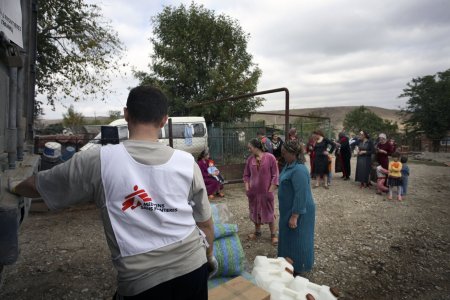 Misha GalustovCahier
Misha GalustovCahierDe l’Ethiopie à la Tchétchénie
04/01/2004Ce recueil contient des textes parus aussi bien dans des revues, magazines et journaux, que dans la presse interne de MSF. Il s’agit d’articles et de chapitres de livres écrits par François, ainsi que d’entretiens, de débats et d’actes de colloques auxquels il a participé.
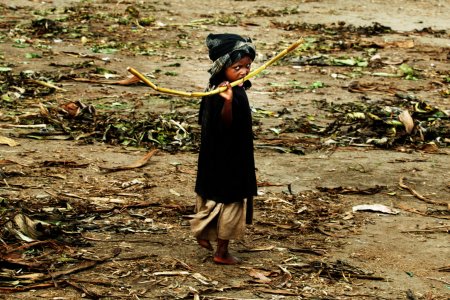 Juan Carlos TomasiAnalysis
Juan Carlos TomasiAnalysisThe Food Emergency in Ethiopia: What the Drought Conceals
03/01/2003Fabrice Weissman highlights the political factors at work behind the threat of famine - which, though very real, cannot be fully explained by natural causes - and casts a critical eye on the relief system, as well.
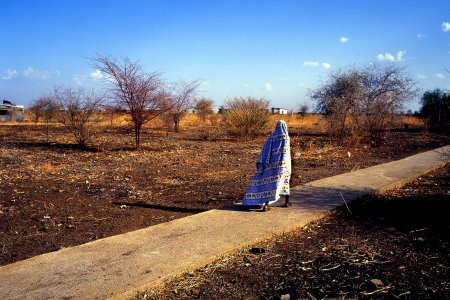 Pep Bonet/NoorCahier
Pep Bonet/NoorCahierA qui s'adresse l'aide alimentaire d'urgence ? La réponse internationale à la "famine" éthiopienne de l'an 2000
06/02/2001Le pouvoir éthiopien aurait-il consciemment entravé la marche du système national de réponse aux crises pour produire une « urgence humanitaire » dans une zone périphérique et récupérer sous forme d’aide alimentaire le manque à gagner lié à la guerre et à la suspension des aides au développement ? Les bailleurs de fonds auraient-ils cautionné cette manipulation ? A vrai dire, le problème semble un peu plus complexe. La réalité se situe entre l’histoire sainte et la thèse de la machination scabreuse. C’est cette réalité compliquée que nous voudrions approcher, ce qui nous impose un détour préalable par l’économie alimentaire du pays et sa gestion politique.
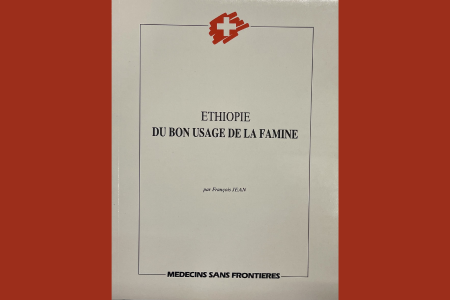 MSF-CrashBook
MSF-CrashBookDu bon usage de la famine
10/01/1986Dans ce texte rédigé d'un ton vigoureux, François Jean analyse les déterminants de la famine éthiopienne de 1984-1985, la rapprochant d'événements analogues survenus dans le monde communiste.
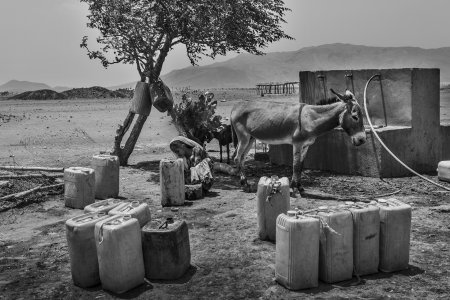 Juan Carlos TomasiAnalysis
Juan Carlos TomasiAnalysisEthiopie : l’aveuglement
10/01/1986Une interrogation critique sur l'aide internationale prise au piège d'un régime totalitaire.
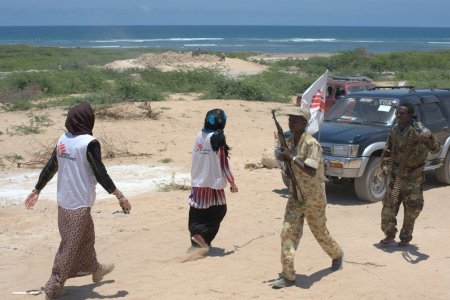 Yann LibessartAnalysis
Yann LibessartAnalysisSomalia: A Humanitarian Crime
09/01/1993In 1993, Médecins Sans Frontières left Somalia and denounced the methods of UN troops who were violating the very humanitarian principles in whose name they intervened.

